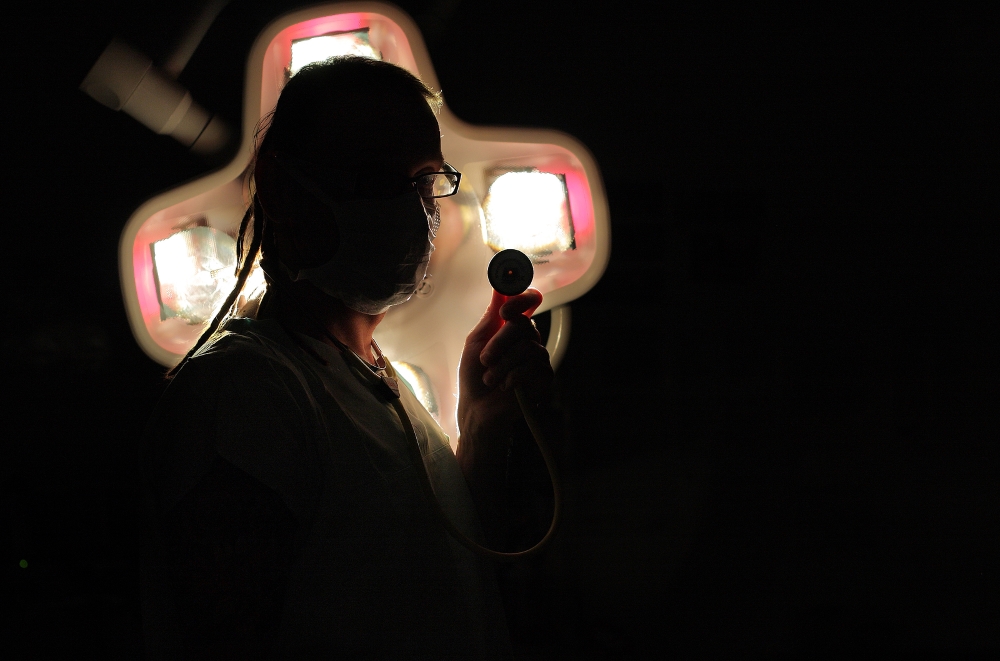Imagine turning on the evening news and learning that a jumbo jetliner has crashed killing all onboard. Your first thought may be, I wonder what happened? What could have gone wrong? Then, you see the images of the search of the wreckage for the “black box” which will allow investigators to determine the root cause of the crash.
Now, compare this situation to that of a patient going in for a routine procedure and having a horrific complication which results in their untimely death. For starters, let’s all understand that there is no federal agency overseeing healthcare in the United States. There won’t be any team of investigators rushing to the scene and up until recently, there has been no “black box” to discover the truth.
However, the technology for having black boxes in the operating room now exists. This could represent a complete “game changer” in terms of medical malpractice litigation and patient safety.
Black boxes, also known as operating room data recorders or ORDRs, are sophisticated systems designed to capture a wide range of data during surgical procedures. These devices record audio, video, and data from various medical instruments, providing a comprehensive record of what transpires in the operating room.
How Black Boxes Can impact Medical Malpractice Cases
No. 1: Faded Memories. Hundreds if not thousands of surgical procedures and hospitalizations occur each year and relying on witnesses’ memory is a less than ideal way to reconstruct what happened. Think of the cockpit. Everything is recorded. If everything were recorded in the OR, we wouldn’t have to rely on witnesses’ memories.
No. 2: Enhanced Documentation: Medical malpractice cases often hinge on establishing a clear and accurate account of what occurred during a surgical procedure. Black boxes can provide a detailed and objective record, reducing the reliance on unreliable documentation or testimony that may be subject to biases or fading memories.
No. 3: Communication: Surgical teams must function cohesively and communicate effectively to ensure patient safety. Black boxes record not only the actions of individual team members but also their interactions. This data can be invaluable in identifying breakdowns in communication or coordination, which may be key factors in a medical malpractice case.
No. 4: Objective Evidence: In many medical malpractice cases, it’s the word of the patient against that of the medical professionals involved. Black box data offers objective evidence that can corroborate or refute claims made by both parties, significantly impacting the outcome of the case.
While the potential benefits of black boxes in the operating room for medical malpractice cases are evident, it’s crucial to consider their impact on patient safety. The primary goal should always be to prevent medical errors and improve patient outcomes.
The knowledge that their actions are being recorded may encourage healthcare professionals to adhere to established standards of care more rigorously. This accountability can act as a deterrent to negligence and errors in the first place.
The introduction of black boxes in the operating room represents a significant advancement in healthcare technology and the legal landscape surrounding medical malpractice cases. While these devices hold the potential to make it easier to prove medical negligence, they also have the capacity to improve patient safety by providing objective data for analysis, accountability, and training.
Ultimately, the use of black boxes should be seen as a complementary tool in the pursuit of both justice for patients and a higher standard of care in the medical field. Striking a balance between protecting patient privacy, addressing logistical challenges, and ensuring the admissibility of black box data in court will be essential as we move forward with this innovative technology. As medical malpractice lawyers representing patients, we must advocate for the responsible and ethical use of black boxes in the operating room to benefit both our clients and other patients, which include all of us!
The bottom line is that JUSTICE IS THE PURSUIT OF TRUTH. Black Box technology will enable litigants to get to the truth with more accuracy and transparency. This will lead to more accountability for preventable medical errors.










